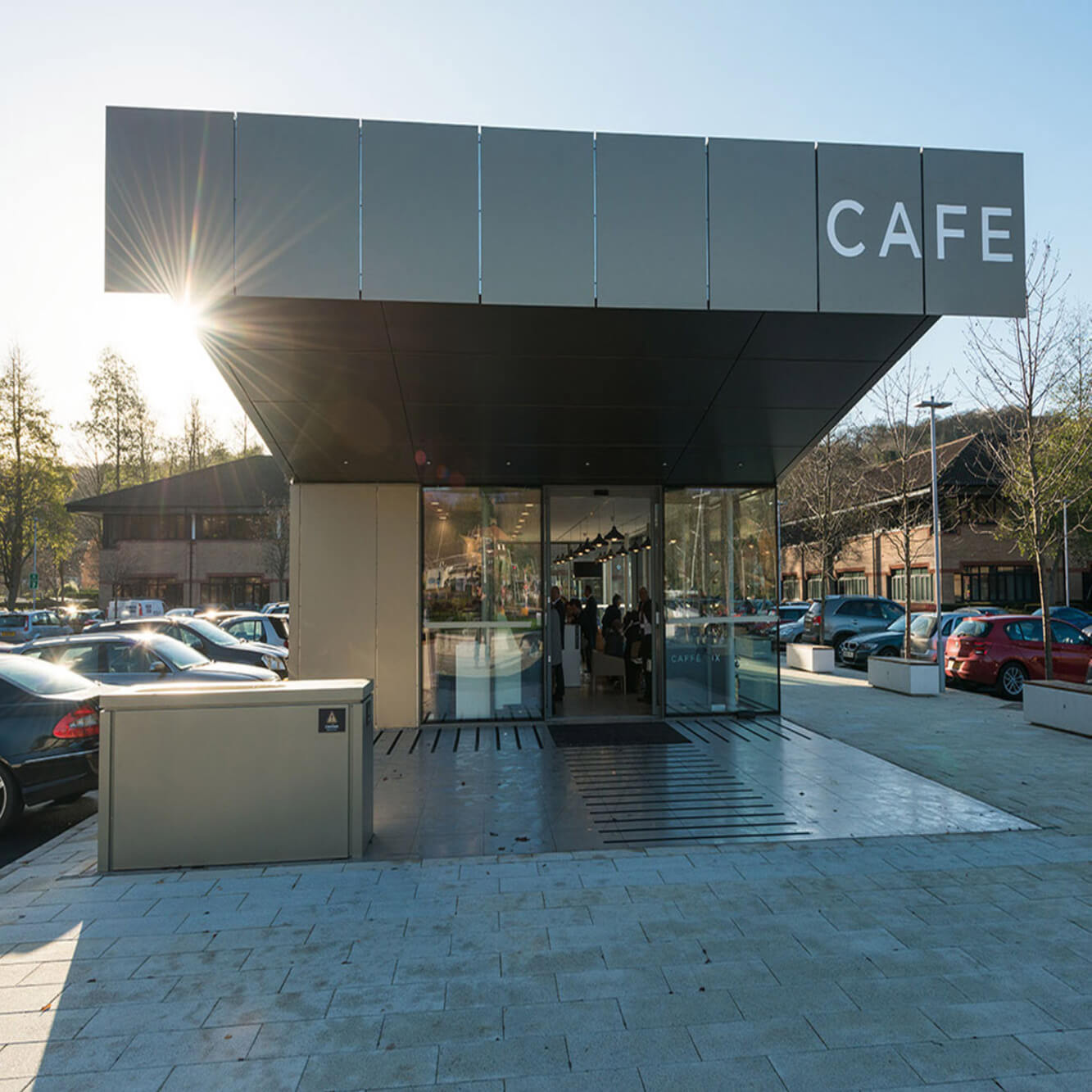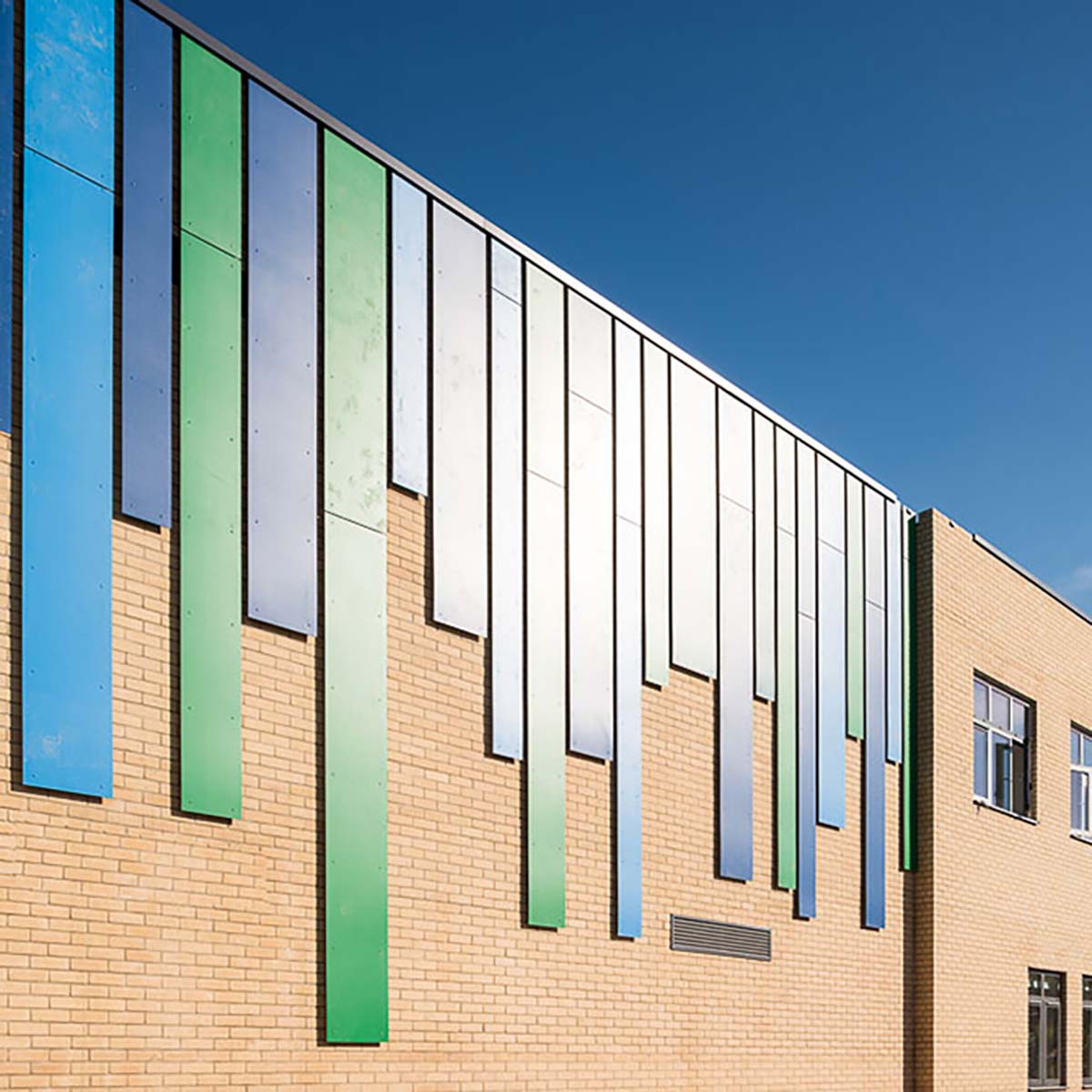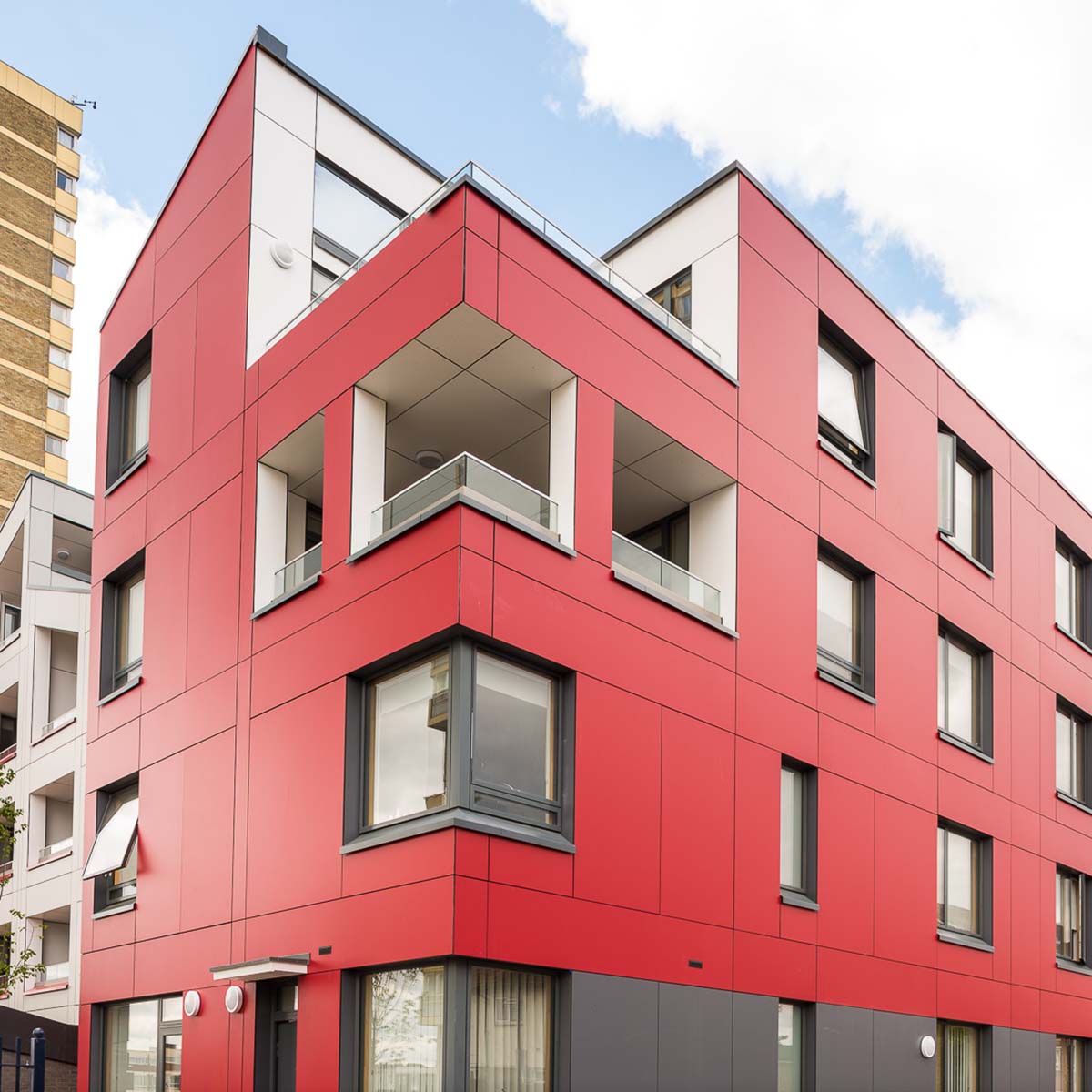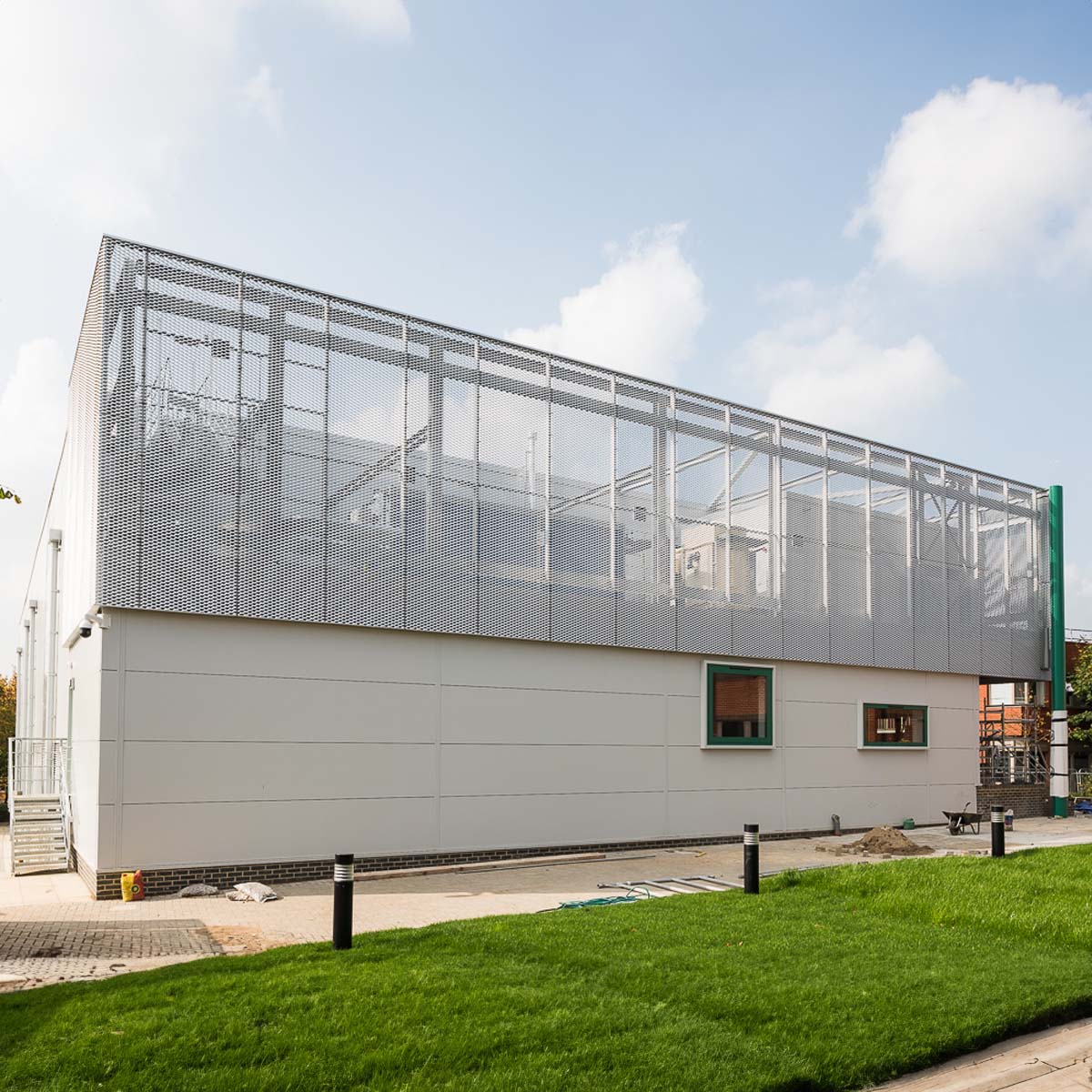At its core, it creates a protective barrier that prevents water infiltration and greatly reduces the risk of mould, rot, and structural damage, all of which can compromise the envelope’s performance.
The team here at Dale Contracts Ltd can provide tailored design solutions for all types of rainscreen cladding projects in Essex, London, and across the UK. We work with architects and building contractors to bring their clients’ visions to life by supplying robust materials and configurations that will add significant value to any build.





